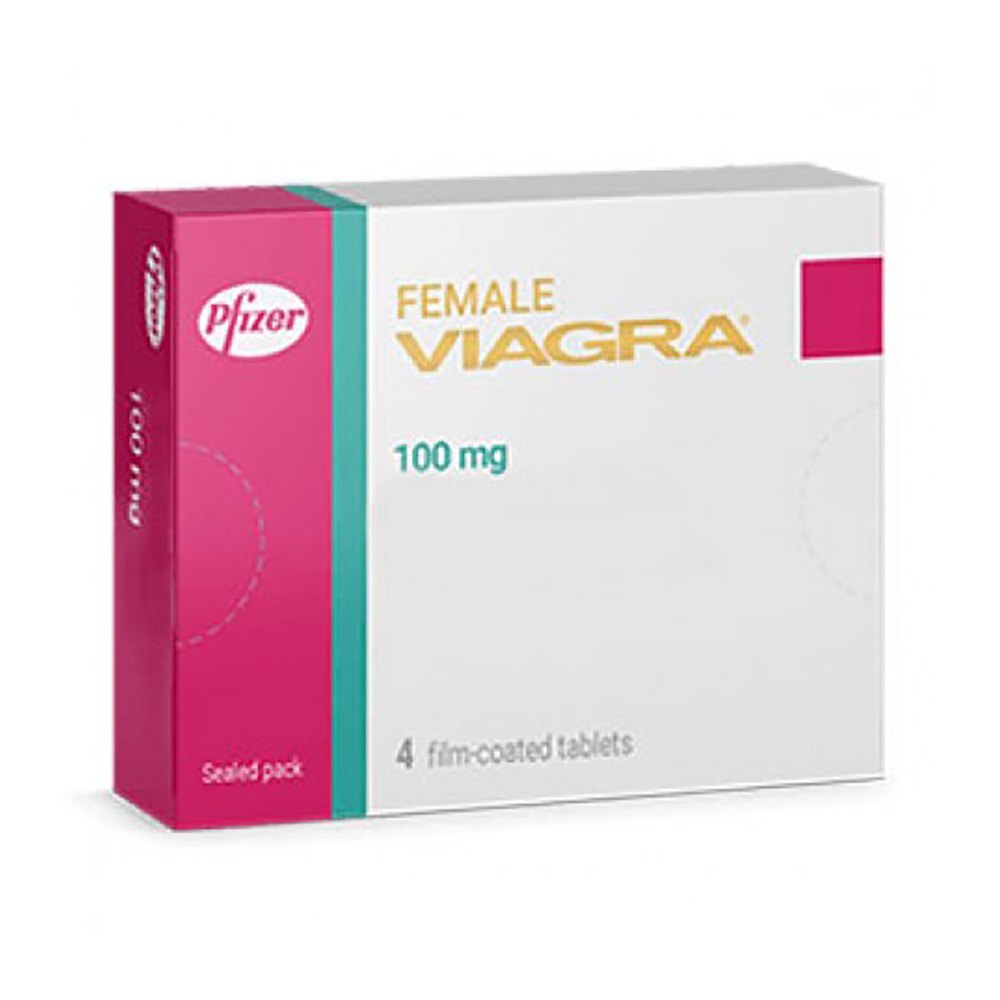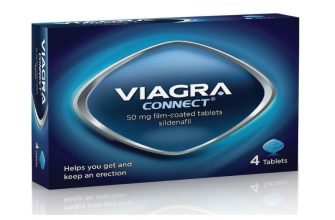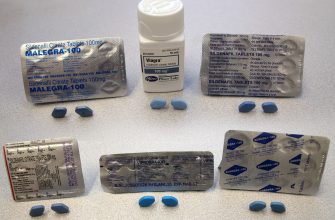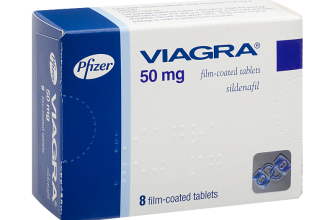Looking for information on female sexual dysfunction treatments? Focus on Flibanserin, the only FDA-approved medication specifically addressing hypoactive sexual desire disorder (HSDD) in premenopausal women. It’s important to remember this isn’t “female Viagra”–it works differently.
Flibanserin targets brain chemistry, specifically serotonin, dopamine, and norepinephrine levels, influencing sexual desire. Unlike Viagra, which increases blood flow, Flibanserin affects neurotransmitters. This means the mechanism of action is distinctly different. Consult your doctor; they can assess your specific needs and determine if Flibanserin is suitable for you.
Remember: Self-treating can be risky. A thorough medical evaluation is crucial to rule out other underlying health issues contributing to low libido, before considering any medication. Your doctor will discuss potential side effects, including nausea, dizziness, and sleepiness, and help you weigh the benefits against potential risks.
Consider this: Lifestyle factors significantly influence sexual health. A balanced diet, regular exercise, stress management, and open communication with your partner all play crucial roles. Integrating these aspects into your life might enhance your overall sexual well-being alongside any potential medication.
- Pfizer Female Viagra: A Comprehensive Overview
- Understanding the Science Behind Female Sexual Dysfunction
- Biological Factors
- Psychological and Relational Factors
- Treatment Approaches
- Seeking Professional Help
- Further Research
- Flibanserin: The Current FDA-Approved Treatment Option
- Alternative Treatments and Lifestyle Changes for Enhanced Sexual Health
- Dietary Adjustments
- Stress Management Techniques
- Communication and Relationship Counseling
- Addressing Underlying Medical Conditions
- The Future of Female Sexual Dysfunction Treatment: Research and Development
- Non-Pharmacological Approaches
- Advanced Technologies
Pfizer Female Viagra: A Comprehensive Overview
Pfizer does not currently produce a medication specifically marketed as “female Viagra.” While they conduct research into women’s sexual health, no FDA-approved drug from Pfizer directly addresses female sexual dysfunction in the same way Viagra addresses male erectile dysfunction.
Several medications exist to treat female sexual dysfunction, but their mechanisms of action differ significantly from Viagra’s. These medications often address specific aspects of sexual response, such as desire, arousal, or orgasm, rather than a single, unifying issue.
Before considering any treatment, consult a healthcare professional. They can conduct a thorough evaluation to determine the underlying cause of sexual dysfunction and recommend the most appropriate treatment plan. This plan may include medication, therapy, or a combination of both. Open and honest communication with your doctor is crucial for effective treatment.
Self-treating can be dangerous. Always rely on professional medical guidance to address sexual health concerns. The information provided here should not be interpreted as medical advice.
Research into female sexual health continues, and future developments may lead to new and improved treatments. Stay informed by consulting reputable medical sources and discussing any concerns with your doctor.
Understanding the Science Behind Female Sexual Dysfunction
Female sexual dysfunction (FSD) stems from a complex interplay of biological, psychological, and relational factors. Hormonal imbalances, particularly decreased estrogen levels after menopause, significantly impact libido and vaginal lubrication. Conditions like diabetes and cardiovascular disease also contribute, affecting blood flow to the genitals and nerve function.
Biological Factors
Neurotransmitters like serotonin and dopamine play crucial roles in sexual arousal and desire. Imbalances in these neurotransmitter systems, often influenced by medications or underlying mental health conditions, can disrupt sexual function. Physical factors, including pelvic floor muscle dysfunction and certain medications, frequently cause pain during intercourse (dyspareunia) and impact arousal. For instance, antidepressants can decrease libido in some women.
Psychological and Relational Factors
Stress, anxiety, and depression are strongly linked to FSD. Relationship issues, such as communication problems or lack of intimacy, are also common contributors. Body image concerns and past trauma can significantly impact sexual self-esteem and desire. Addressing these psychological and relational factors is critical to successful treatment.
Treatment Approaches
Treatment options vary depending on the underlying cause. Hormone replacement therapy (HRT) can address hormonal imbalances in postmenopausal women. Pelvic floor physical therapy helps strengthen muscles, easing pain and improving function. Cognitive behavioral therapy (CBT) addresses psychological factors, teaching coping mechanisms and improving communication skills. In some cases, medications like flibanserin may be used to improve sexual desire.
Seeking Professional Help
Open communication with a healthcare professional is paramount. A thorough medical history, physical examination, and possibly additional testing, will help identify the root cause of your FSD. Don’t hesitate to seek help – many effective treatments are available.
Further Research
Ongoing research continues to expand our understanding of FSD, leading to the development of more targeted and effective treatments. Keep updated on the latest advancements in the field.
Flibanserin: The Current FDA-Approved Treatment Option
Flibanserin is the only FDA-approved medication specifically for hypoactive sexual desire disorder (HSDD) in premenopausal women. It’s important to understand how it works and what to expect.
Flibanserin targets brain neurotransmitters, potentially increasing sexual desire. It’s not a quick fix; results usually appear gradually.
- Dosage: Typically 100mg taken orally once daily at bedtime.
- Side Effects: Common side effects include dizziness, nausea, and sleepiness. These are often mild and decrease over time. Serious side effects are rare but require immediate medical attention.
- Contraindications: Flibanserin interacts with certain medications. Consult your doctor about potential drug interactions, especially if you use alcohol or certain antidepressants.
Before starting Flibanserin, a thorough medical evaluation is necessary to rule out other underlying conditions contributing to low libido. Open communication with your doctor is crucial for assessing treatment response and managing any side effects.
Expect gradual improvement in sexual desire. Results vary among individuals. Consistency is key; many women notice a difference only after several weeks or months of continuous use.
- Talk to your doctor: Discuss your symptoms and medical history to determine if Flibanserin is right for you.
- Follow instructions: Take the medication exactly as prescribed.
- Monitor side effects: Report any concerning symptoms to your healthcare provider.
- Be patient: Results take time. Maintain open communication with your doctor about your progress.
Remember, Flibanserin is just one potential treatment option. Your doctor can help you explore other avenues if necessary, including therapy and lifestyle adjustments.
Alternative Treatments and Lifestyle Changes for Enhanced Sexual Health
Consider hormone replacement therapy (HRT) if hormonal imbalances are suspected. Your doctor can assess your hormone levels and determine if HRT is appropriate for you. This treatment aims to restore balanced hormone levels, potentially improving libido and sexual function.
Pelvic floor exercises, also known as Kegel exercises, strengthen muscles crucial for sexual function. Aim for three sets of 10 repetitions daily. Consistency is key here for noticeable improvements.
Regular exercise benefits overall health, positively impacting sexual well-being. Aim for at least 150 minutes of moderate-intensity aerobic activity per week. Include strength training twice a week.
Dietary Adjustments
A balanced diet rich in fruits, vegetables, and lean protein supports overall health and can indirectly improve sexual health. Minimize processed foods, excessive sugar, and unhealthy fats. Focus on nutrient-dense options.
Stress Management Techniques
Stress significantly impacts sexual desire and function. Practice relaxation techniques like yoga, meditation, or deep breathing exercises to manage stress levels effectively. Consider seeking professional help if stress is overwhelming.
Communication and Relationship Counseling
Open communication with your partner about your sexual health concerns is vital. Relationship counseling can help address communication issues and improve intimacy. Professional guidance can resolve underlying relationship conflicts impacting sexual satisfaction.
Addressing Underlying Medical Conditions
Certain medical conditions like diabetes, heart disease, and depression can affect sexual health. Treating these conditions effectively can often improve sexual function. Consult your doctor regarding any underlying health concerns.
The Future of Female Sexual Dysfunction Treatment: Research and Development
Researchers are actively exploring several promising avenues. One key area focuses on developing new drugs targeting specific neurotransmitters and hormones implicated in female sexual response. Clinical trials are underway investigating compounds that improve blood flow to the genitals and enhance nerve sensitivity. These studies use sophisticated imaging techniques to monitor physiological changes in response to treatment.
Non-Pharmacological Approaches
Beyond medication, research emphasizes non-pharmacological therapies. Scientists are investigating the effectiveness of combined approaches such as pelvic floor physical therapy coupled with cognitive-behavioral therapy (CBT). These integrated approaches aim to address both physical and psychological factors contributing to sexual dysfunction. Furthermore, studies examining the role of lifestyle modifications, including regular exercise and a balanced diet, are yielding valuable data about their influence on sexual health.
Advanced Technologies
The application of advanced technologies is also a significant area of progress. Researchers are utilizing advanced imaging methods such as functional magnetic resonance imaging (fMRI) to better understand the neural mechanisms underlying female sexual response. This improved understanding informs the design of more targeted therapies. Additionally, the potential of neuromodulation techniques, like transcranial magnetic stimulation (TMS), is being explored as a method to modulate brain activity related to sexual function. These technologies promise more personalized and effective treatments in the future.










